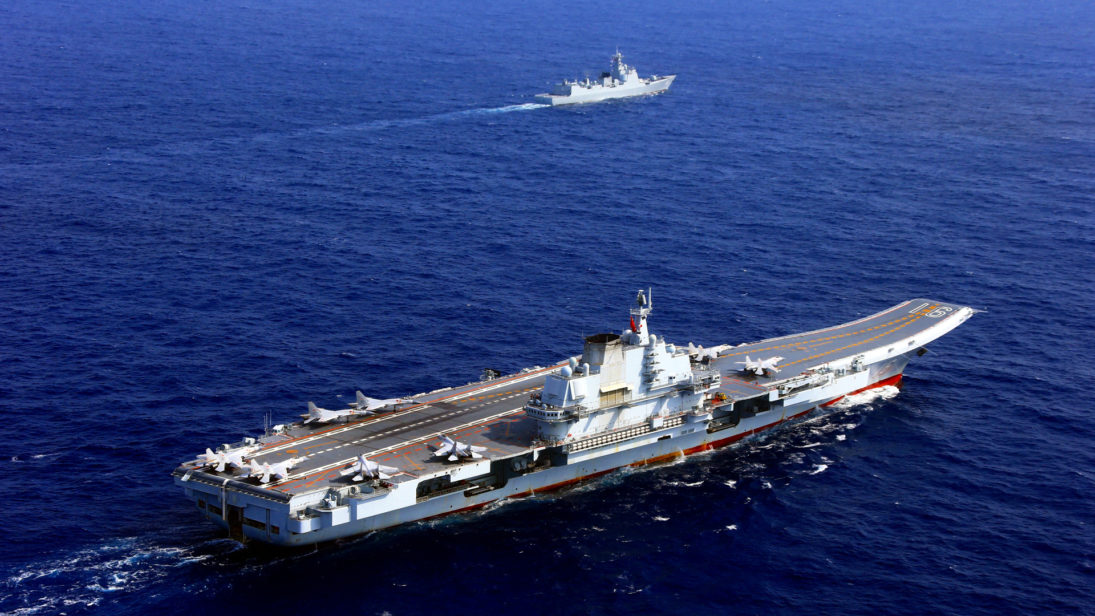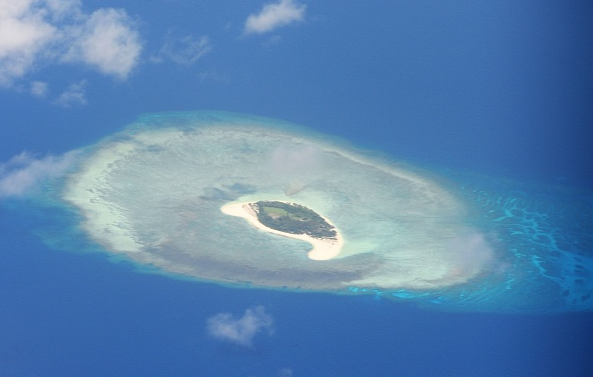
Chinese Premier Xi Jinping made a splash internationally when in his first military order of 2019 he instructed the People’s Liberation Army (PLA) to be prepared for war. Although these comments have mainly been interpreted to be about Taiwan, Xi has made such remarks before in the context of the South China Sea (SCS). In October 2018, in an address at the Southern Theater Command that is responsible for monitoring the SCS region, Xi ordered the PLA to enhance its combat readiness. Though Xi’s recent comments have raised alarm in Washington, they should also be parsed through carefully in New Delhi, considering the increasing Indian presence in the SCS in recent years. This article assesses the possible implications of President Xi’s address for India by tracing New Delhi’s interests in the SCS, analyzing the risks posed by recent developments, and identifying what measures India can take to secure its presence there.
Indian Interests in the SCS
With crucial sea lines of communication passing through the region, India has vital economic and strategic interests in the SCS. Over 55 per cent of India’s trade passes through the South China Sea and the Malacca Straits, and thus New Delhi has a keen interest in seeing these key waterways remain free and open. In fact, India has publicly supported freedom of navigation and flight in the SCS based on international law, including the United Nations Convention on the Law of the Sea (UNCLOS) and the Hague ruling of 2016.
Additionally, the SCS region is rich in oil and hydrocarbon deposits, holding approximately 11 billion barrels of oil and 190 trillion cubic feet of natural gas, according to the U.S. Energy Information Administration. Though India imports most of its crude oil from the Middle East, due to protracted conflicts in the region that can flare up at any time and recent U.S. sanctions on Iran, India is eager to diversify its imports—thus, the SCS holds significance for an energy-hungry New Delhi.
To secure these economic and strategic interests in the SCS, India is deepening its relationship with ASEAN countries, especially those who dispute China’s presence in the SCS. For instance, the state-run oil firm of Vietnam has awarded India two offshore fields in the contested waters of the SCS to explore hydrocarbon reserves. India has also been increasing maritime cooperation with ASEAN countries in the past two decades, such as by conducting joint coordinated patrols with the likes of Thailand and Indonesia and an agreement with Singapore that would allow India to access the Changi Naval Base, close to the disputed SCS, for logistical and refueling purposes.

Escalating Tensions: Risks for New Delhi
With economic tensions between the United States and China on the rise, the consequences for stakeholders like India in the SCS are deeply concerning. China claims territory within the Nine-Dash line, which stretches hundreds of kilometers south and east of its mainland and encompasses most of the islands in the SCS region. The Chinese claim every geographical feature inside the Nine-Dash Line on a historical basis but lack a legal foundation. Under the current state of affairs, it seems that escalating tensions in the SCS may invite more assertive Chinese measures.
For instance, the ongoing trade dispute with the United States could prompt China to “play the nationalism card by taking an aggressive stance in maritime disputes.” China has been applying salami-slicing tactics in the SCS by gradually developing a chain of artificial islands near the Spratly Islands and militarizing them. From an economic perspective, the acquisition of these islands in the SCS is significant because they may inflate the area under China’s Exclusive Economic Zone (EEZ). By expanding its EEZ to include SCS, China can secure jurisdiction over the region’s abundant resources guaranteed by Article 56 of the UNCLOS. This could critically threaten Indian hydrocarbon exploration prospects in the SCS, jeopardizing its future energy policy.
From a security perspective, the heavy militarization of Chinese islands in the SCS means that the region is becoming a zone of anti-access/area denial (A2/AD). If China begins to severely limit freedom of navigation in this seaway by strategic control of choke points, monopolizing the region’s rich natural resources, or simply barring certain foreign vessels from entry to the seaway, it would bring adverse effects on India’s trade and cargo transport. In this light, New Delhi should respond with concrete measures to protect its interests in the SCS while at the same time avoiding outright confrontation with Beijing.
Keeping SCS Free and Open
While India has always batted for an open and rules-based security order in the region, it should refrain from confronting China directly in its own maritime backyard. Beijing’s superior material capability and Chinese presence in India’s neighborhood acts as a constraint for the South Asian giant to adopt a hard stance. To protect its national interests, India can utilize its soft power in multilateral platforms such as the East Asia Summit (EAS) and the Shangri-La Dialogue to not only strategically cooperate with countries on areas of convergence but to also call out China’s aggressive stance in the SCS and how it alarms countries in the region.
The Shangri-La Dialogue, being a Track-I diplomatic initiative, provides an excellent platform for India to project its vision of acting as a responsible stakeholder and leader in the Indo-Pacific. As disaster management and maritime security are among the key focus areas of the EAS, India should seek security cooperation with member states that are party to the SCS dispute on both traditional and non-traditional security issues such as terrorism, piracy, smuggling, and disaster management. These actions will tacitly balance China by providing a legitimate cause for maintaining an Indian naval presence in the region.
Another option for India is to build up the capacity of the SCS littoral states that have a stake in the territorial conflict, allowing them to act as a bulwark against Chinese intrusion into India’s sphere of influence. After President Xi’s recent comments, ASEAN states that hold claims in the SCS are likely to want to build up their own offensive capabilities—a process in which India could have a significant role to play. In 2018, India undertook security initiatives with several ASEAN countries, including offering a $500 million credit line to the Vietnamese defense industry, signing an agreement with the Philippines for the sale of offshore patrol vehicles, and signing the Technical Agreement on the Sharing of White-Shipping Information with Singapore. India should continue to play a role in building the capacity of ASEAN countries that are party to the SCS dispute but should be careful to avoid alliance-like cooperation against China in the region. India may achieve its strategic goals without inviting Chinese hostility by continuing to execute these incremental but important initiatives.
In the long term, the ultimate goal for New Delhi should be to secure an integral role in the SCS. If ASEAN formally acknowledges an Indian presence in the Indo-Pacific, New Delhi will further acquire a legitimate position to play an active strategic role in the region. If India can effectively make use of the diplomatic and economic tools at its disposal to achieve these goals, especially in cooperation with ASEAN, it will be well positioned to protect its interests in the SCS against an increasingly aggressive China.
***
Image 1: Zhang Lie/eng.chinamil.com.cn via Flickr Images
Image 2: Ted Aljibe/AFP via Getty Images


